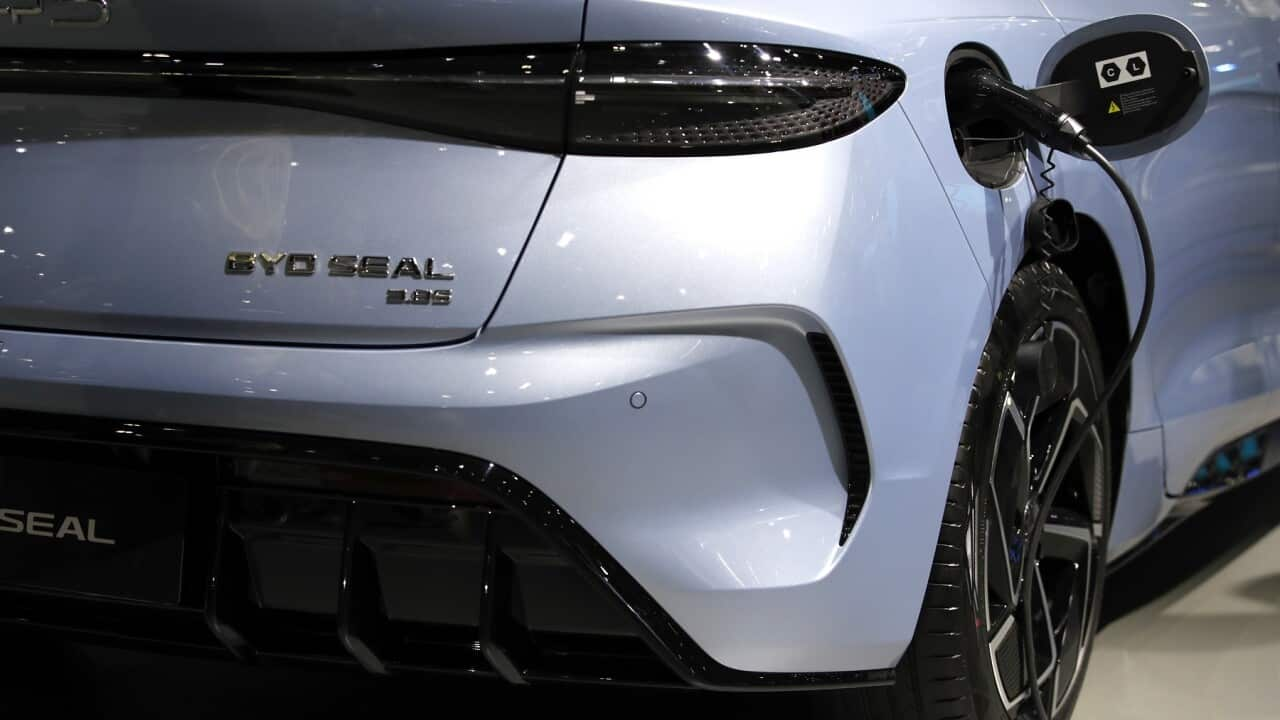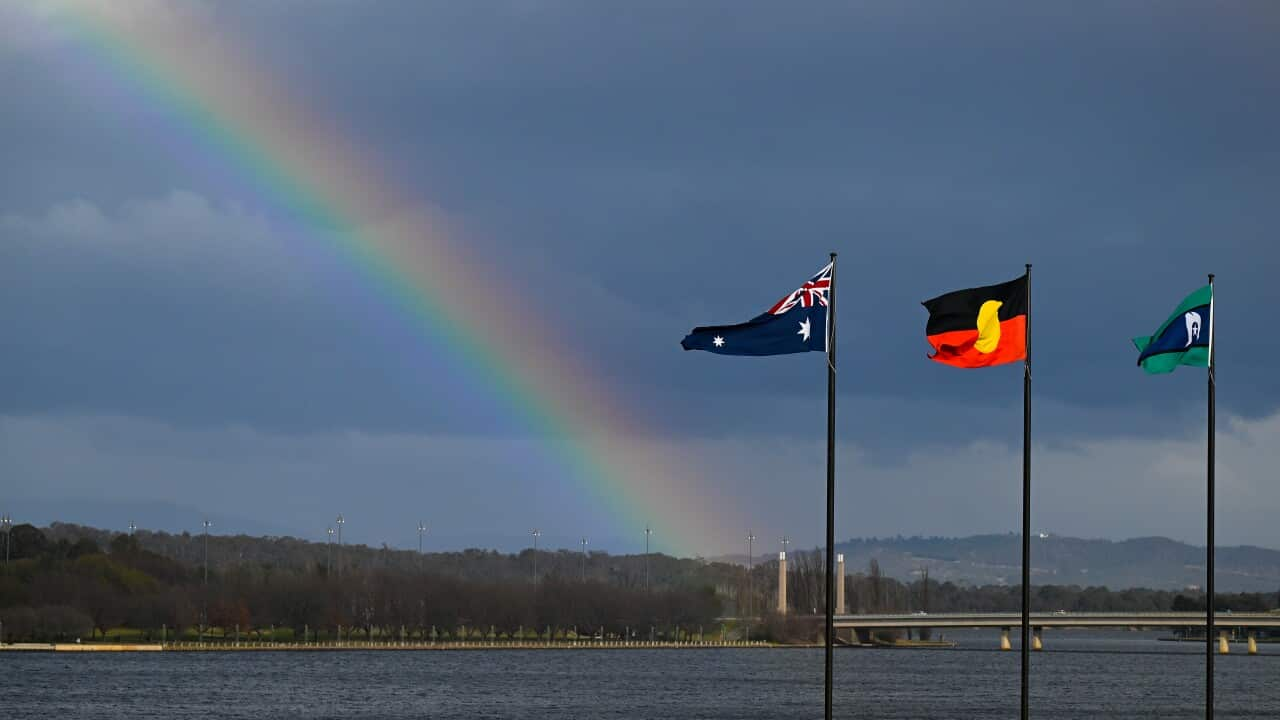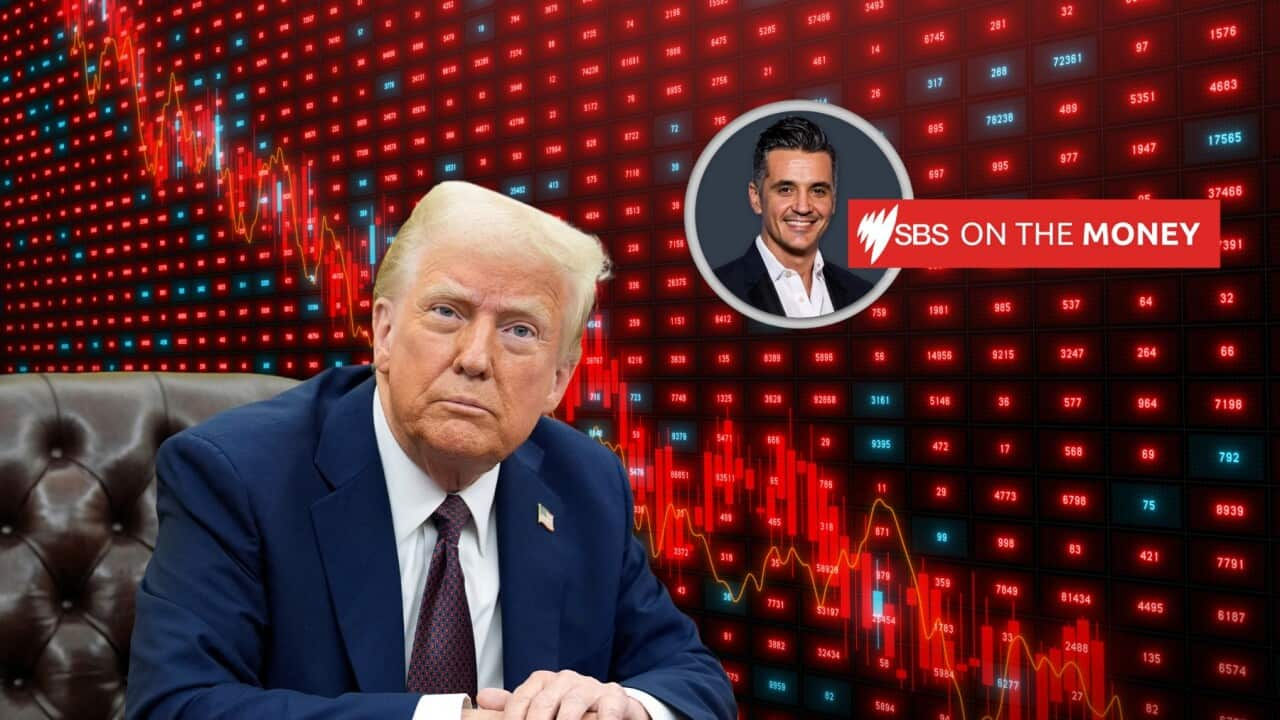TRANSCRIPT:
Australia's cost-of-living challenges didn't prove to be a dampener on new car sales in 2023.
Figures from the Federal Chamber of Automotive Industries reveal 1.2 million new vehicles were delivered last year, with Toyota the top selling brand with 18 per cent [[17.7]] market share.
But the Federal Chamber of Automotive Industries isn't expecting a repeat this year, with the industry convinced that the record sales result is due to the pent-up demand caused by supply shortages from the COVID pandemic.
FCAI Chief Executive, Tony Weber, says cost-of-living pressures are likely to result in softer demand in 2024.
"For 2024, there are some quite dark clouds on the economic horizon. So, we think that we won't get probably the same sales of what we had last year but we start with good momentum. So let's see where the year goes."
Sales of electric vehicles more than doubled in 2023 to reach 7.2 per cent of new car deliveries, up from 3.1 per cent in 2022.
Tony Weber says one major challenge facing Australia is building the electric vehicle charging infrastructure that's needed to turbocharge EV sales.
"The state and territory governments and the Commonwealth are doing some work in that space, but we think there's going to be an enormous amount of recharging has to be put in place. And think about that. People who live in apartment blocks which won't have capacity to recharge, they'll have to use public charging and then people in regional and rural Australia will have to have a lot of recharging capacity so that they have the confidence to use their vehicles. So it's going to be a great challenge and we essentially will have to provide a new supply of petrol stations in terms of electric vehicle charging into the future. It's going to be a great challenge but it's obviously doable."
The President of the Australian Electric Vehicle Association, Chris Jones, says charging infrastructure is a challenge but he says other factors need to be addressed so more Australians can transition to an electric vehicle.
"I think we've got a number of challenges and I think charging infrastructure is probably number three. Numbers one and two are kind of dependent on each other and that is price and availability. So, the fewer EVs you have on offer within the market, the more they can demand a higher price. So, it's a classic supply and demand situation. We do have more EVs coming into the country, which is good, but frustratingly we don't have a wide selection of models and shapes and sizes and segments that the rest of the world has access to. And that's basically to some extent working as a bit of a handbrake on uptake. Some people are absolutely waiting for the electric people mover ore they're waiting for the electric dual cab ute and because it's not there, they're just not interested in buying electric."
Entry-level electric vehicles start at about $40,000 in Australia.
Environmentalist Jon Dee decided to invest in one late last year.
He says he spent just over $58,000 to buy a Chinese made BYD Seal which he regards as better value than a more expensive Tesla.
"And you get a lot of bang for buck. In terms of the range you can drive in your car, we can drive 570 kilometres, you can do 150 kilowatt charging so that means you can do very long distance driving in the car and we also wanted a heads up display in the car which, from a safety standpoint, that to us was really important and you don't get that in Tesla cars but I think the price undoubtedly was a key consideration. It was finally a really good quality electric car that was within the budget that we had available."
Chris Jones from the Electric Vehicle Association says most car buyers in Australia elect to purchase a used car and says the used car market for electric vehicles is still miniscule.
"We've got to remember that about one third of all vehicle purchases are new vehicles and two thirds are second hand so the vast majority of Australians won't by an EV unless it's a second hand EV because they don't have new car money in their pocket. So, I guess we're kind of waiting for the second hand market to really start to flourish but of course that won't happen unless people buy new cars and I think there's a big role for government fleets, business fleets to buy those vehicles and put them back in the second hand market but otherwise I think a $30,000 new EV is absolutely the tip over point, like the running cost are so low that you can afford the extra $5,000 or $6,000 premium because you'll save that within two years of not buying fuel."
As Australia looks to its 2030 emission reduction targets, there's pressure on the Albanese government to make good on a promise to introduce laws that will encourage carmakers to produce cleaner vehicles.
Known as a fuel efficiency standard, it places a cap on the emissions output for new cars which provides an incentive for carmakers to supply low and zero-emissions vehicles.
Jon Dee says the government promised to introduce such a measure by the end of 2023 but failed to do so.
"Concern, I guess, amongst a lot of environmentalists is whether that EV policy by the Albanese government is going to be put on ice. Under a new standard, the idea is that the big cars brands, in particular, would be penalised if they sell cars with high polluting, internal combustion engines that use either petrol or diesel and the idea is if they get penalised for the polluting engines, the idea is that it would spur the uptake of electric and other low emission vehicles because a part from Russia, Australia is the only developed nation without fuel efficiency standards and that needs to change."













